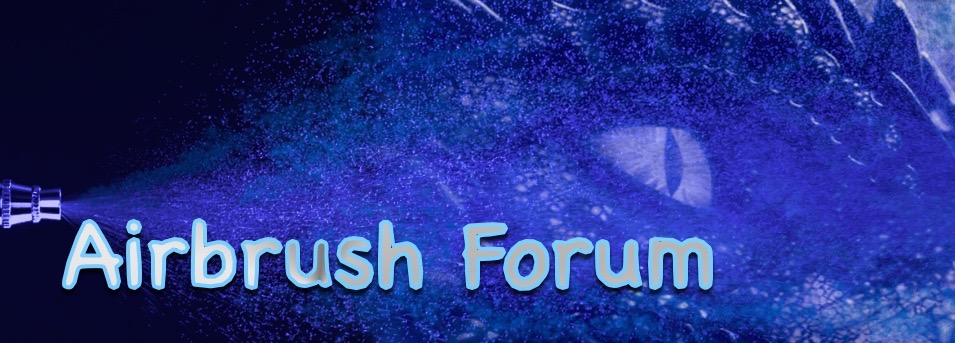D
doxiemadnessx4
Guest
Hi guys! Just wanted to share a video with you that some of you may have seen, if you have it's always worth watching another time for review. If you are relativly new to the forum then this is a MUST SEE!!! It's a little lengthy, and there are some wardrobe changes; but as mama says, "all good things take time".
This is not a video about an artist painting and learning their technique. This is a video of Ken 'Badger' Schlotfeldt, who MAKES the Badger Airbrushes !! (If you ask me that is artistry, just in a different form !) From this video learned the differences between gravity feed, siphon feed and side feed. I learned the differences in what they were designed to do. I found out the REAL reason behind .21mm Ultra Fine tip size. Some say size isn't everything, but turns out there are all kinds of meanings behind that statement. :distracted: I was even surprised to learn that there is even a BETTER way to clean your airbrush. Who Knew!?!?!
There's other great info in this video post, but I can't give it all away in my description. I'm just sayin' I highly recommend that you click on the link below, pour yourself a drink and find out some things that you may not have known. You won't regret it! nthego:
nthego:
This is not a video about an artist painting and learning their technique. This is a video of Ken 'Badger' Schlotfeldt, who MAKES the Badger Airbrushes !! (If you ask me that is artistry, just in a different form !) From this video learned the differences between gravity feed, siphon feed and side feed. I learned the differences in what they were designed to do. I found out the REAL reason behind .21mm Ultra Fine tip size. Some say size isn't everything, but turns out there are all kinds of meanings behind that statement. :distracted: I was even surprised to learn that there is even a BETTER way to clean your airbrush. Who Knew!?!?!
There's other great info in this video post, but I can't give it all away in my description. I'm just sayin' I highly recommend that you click on the link below, pour yourself a drink and find out some things that you may not have known. You won't regret it!
Last edited by a moderator:
